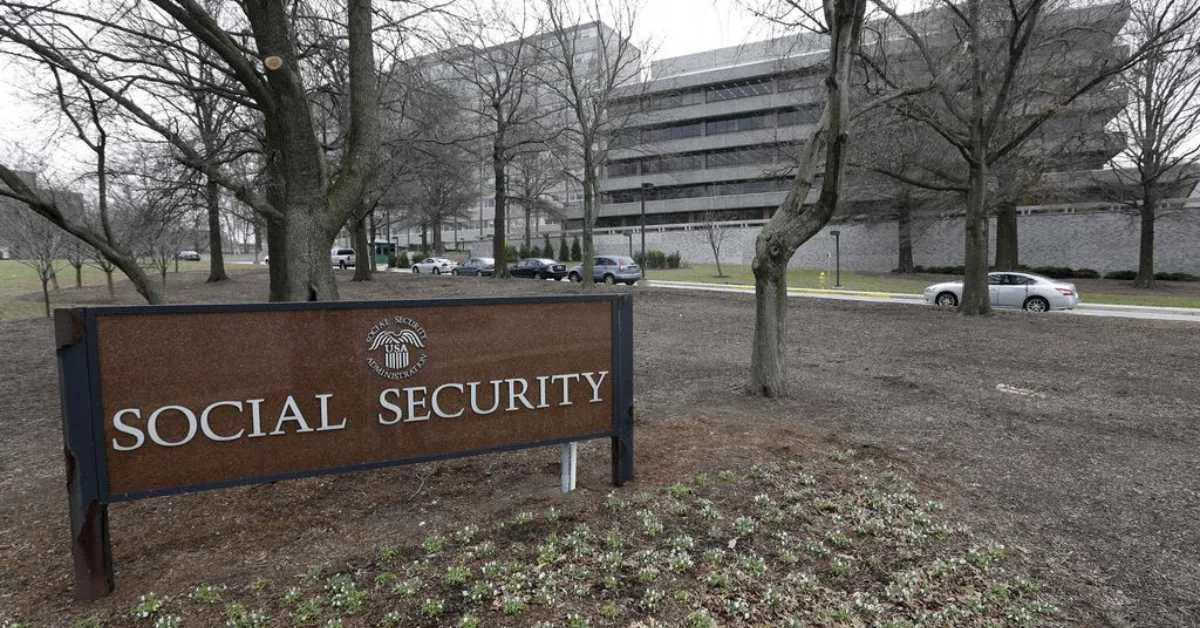One of our nation’s capital’s most popular parlor games is called “How to Fix Social Security.” For over two-thirds of beneficiaries 65 and up, monthly Social Security checks contribute 50% or more of their income. Social Security cheques provide 90% or more of their income for one-third of them. And, as you’re probably aware, it’s running out of funds.
Social Security cannot provide full benefits for around ten years unless changed. The reimbursements will be reduced by more than 20%, causing tremendous financial hardship for millions of individuals. It’s impossible to let that happen.
Why am I referring to this as a parlor game? Because the program and its finance are quite complicated, the recommendations for restoring the financially shaky system that has surfaced so far essentially amount to simple and unserious one-stop shopping.
As someone who has written on Social Security for decades, paid the maximum Social Security contribution for over 35 years, and is now a Social Security beneficiary, I know that simple plans make good politics, soundbites, and campaign speeches. However, these will not address the problem.
Why? Because the only solution, short of giving Social Security its printing press to manufacture the funds it needs to pay its promised benefits, is for retirement-age people like me, our children, grandchildren, and future generations to make sacrifices.
A solution requires Republicans and Democrats to work together, act like adults, and deal with the problem rather than postpone it. Unfortunately, nothing like that is on the horizon these days.
So let me try to explain what’s going on and why simple-sounding ideas like “Raise trillions by taxing every penny of income that the filthy rich take in!” and “Stop those lazy moochers from taking early retirement!” aren’t going to cut it. — are not simple but simplistic.
Raising the Cap Without Raising Benefits Would Backfire
The financial structure of Social Security and the formula for calculating benefits are enormously complicated. The program’s 12.4% tax, the highest income tax that most employed individuals pay, is split 50-50 between employer and employee. However, most people who work in the system, including me, believe that even though employers pay half of the 12.4%, the money would otherwise go to employees.
The amount of earned income used to calculate benefits and collect Social Security taxes is $160,200 per year. These figures are adjusted for inflation each year.
One of the most popular liberal remedies to Social Security’s financial woes is to repeal the wage cap while providing no payments above the present formula to those who earn more than the cap. This would increase their tax burden by 12.4% while providing them nothing in return.
It would erode political support for Social Security among these powerful and wealthy individuals and may even encourage them to move their taxable earned income into lower-taxed investment income. Raising the cap is a little tough, but it’s critical.
According to Social Security’s chief actuary, Steve Goss, the main reason the 1983 Social Security reforms haven’t had the expected effect is that the percentage of earned income due to Social Security tax has dropped from 90% to 82.5%.
This is because higher-income people’s earned income (salaries, bonuses, and so on) has climbed far faster than lower-income people’s income.
What would restore Social Security coverage to 90% of earned income? It turns out that tripling the current taxable maximum is required. That may seem a lot but don’t ask me to explain why. It’s another example of how Social Security can hurt your head.
You can check out some other top articles related to Social Security-
- Social Security Stimulus Check 2023: When Will You Get It And How Are Payment Dates Determined?
- Update on Social Security Benefits for 2023, with a Huge COLA Increase Anticipated
Increased Retirement Age
Raising the retirement age would be beneficial because people would work longer hours, contribute more to Social Security, and receive benefits for fewer years. It’s a solution that Republicans frequently advocate.
But, just as raising the pay cap without increasing benefits is unjust, forcing people — particularly low-paid workers doing physically demanding tasks — to work years longer to qualify for benefits is unjust.
A mix of modifications is the obvious solution to the problem. Increase the covered wage. Change the benefit formula to cut payments to high earnings below the current formula, increase payments to low earners, and progressively raise the retirement age.
Another intriguing concept is to subject some investment income to Social Security taxation. Or perhaps raising the amount on which companies pay Social Security tax above the wage threshold while exempting employees from the matching 6.2% levy.
By looking at recommendations published by the Social Security Administration since 2005, you can mix and match dozens of alternative solutions. When you look at some of those solutions, you can see how difficult it is to repair Social Security.
I’d love to be able to provide a straightforward one-fix or two-fix answer to Social Security’s budgetary woes. But I can’t since there is no such solution.
We’ll have to do what we did 40 years ago and form a bipartisan group, similar to the Greenspan group of the 1980s, to enhance Social Security revenues, restrict payment growth, and do a variety of other things to get the problem under control.
But I’m not holding my breath waiting for it. And you shouldn’t either.
